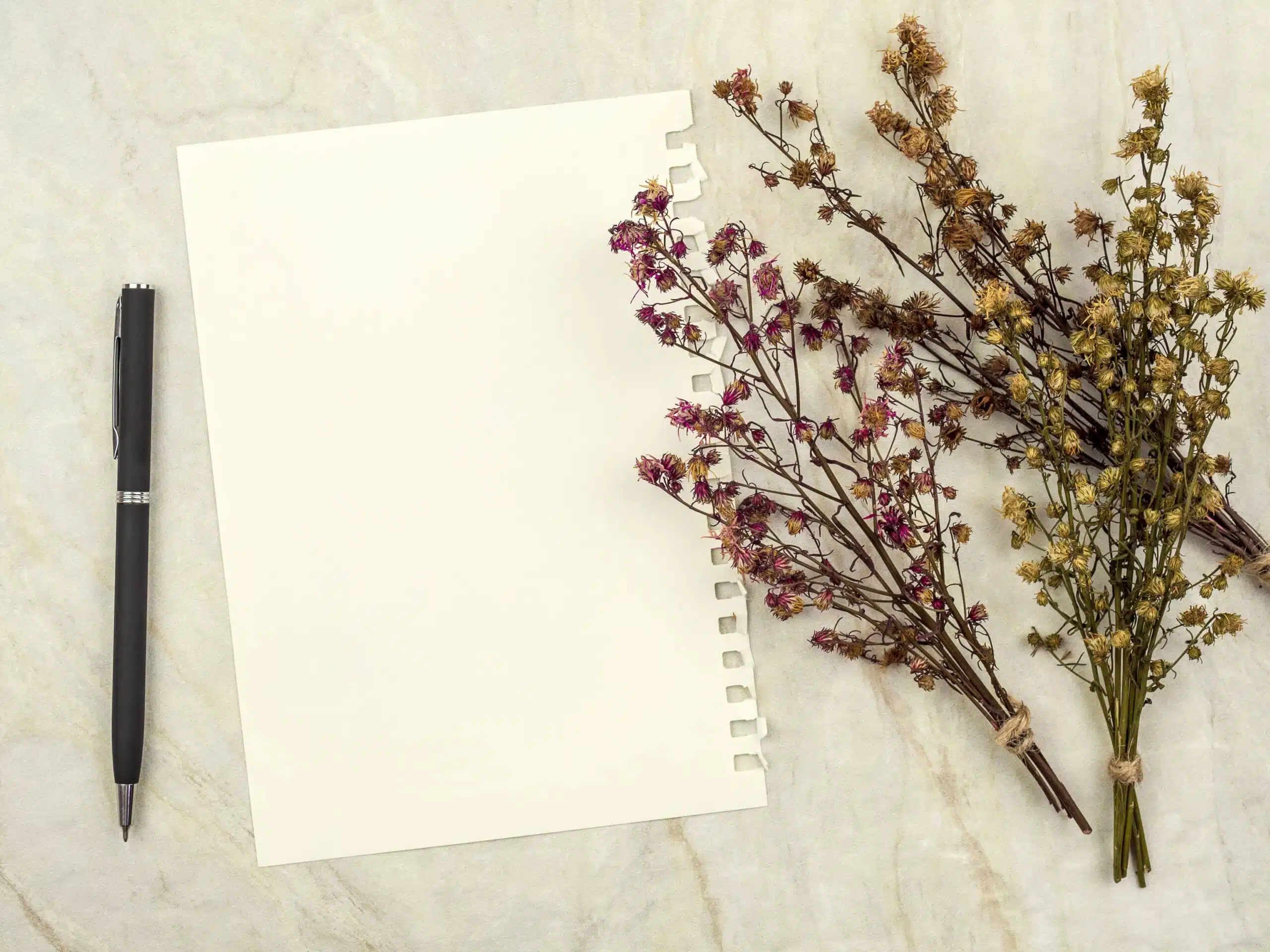Here’s what the Masnavi poetry form is:
Masnavi (or mathnawi) are a poem form that emerged from the middle east, and most likely the Persian empire, sometime between the 4th and 10th century.
The form is entirely comprised of couplets, though triplet variants exist, with isosyllabic lines of either ten or eleven syllables.
This form seems to vary slightly from region to region.
So if you want to learn all about the Masnavi poetry type, then you’ve come to the right place.
Let’s get into it!
- Interlocking Rubaiyat Poetry Form
- Kimo Poetry Form: Frame Poetic Snapshots
- Abecedarian Poetry Form: Master Emotion’s ABCs
- Epic Poetry Form: Immerse in Tales of Triumph


Masnavi is a class of poetry rarely mentioned in the west, but it can be traced back for centuries.
It is believed to have emerged from a Persian form, but its origins could have been anywhere from the 4th to the 10th century.
The main calling cards of the form are isosyllabic lines and couplets.
The earliest examples tended to be religious in nature, but this eventually gave way to typical poems about romance and adventure.
This form went on to influence early Arabic poetry, though the Arabic mathnawi (aka muzdawidj) did become a slightly different poem in terms of structure.

| Rhyme Structure | Strict |
| Meter | Syllabic |
| Origin | The Middle East, most likely Persia |
| Popularity | Rare in English but has a cross-cultural history in its home region |
| Theme | Varies; often narrative |

Masnavi, as a poem form, is entirely comprised of couplets, at least in its original incarnations.
The Persian masnavi tends to have 11-syllable lines, but there are examples of masnavi written in 10-syllable lines as well.
Either way, the poem is expected to be isosyllabic (the same number of syllables per line) so the lines will EITHER be ten OR eleven syllables, not a mix of both.
Masnavi is usually considered a couplet form, though there is an exception we’ll get to shortly.
These couplets are also rhymed with each other (aa bb cc, etc.), so the form could also be considered a spiritual predecessor to heroic couplet poems.
Being as old as it is, the form has naturally seen different variations and adaptations over time.
Nonetheless, this simplistic description of a poem written in isosyllabic rhymed couplets that are either ten or eleven syllables seems to be the most historically sound.
Some less consistent rules have surfaced here and there, with one notable technique involving splitting each line up into two half-lines that rhyme internally with each other, but almost all rules other than the general line length and rhyme scheme have real-world examples that contradict them.
The most noteworthy variation is the later Arabic incarnation.
Arabic mathnawi are uniquely written in rhymed triplets instead of couplets (aaa bbb ccc, etc.).
They’re otherwise the same form, more or less.

Zoned Out
The space between my ears where thoughts should be
is often just a resting place for me,
a soft escape that only I can see.
For what good would having many thoughts do
if they pull me away from time with you?
Ask me a question. I haven’t a clue.
But perhaps I simply like to be lost.
Wherever swirling winds and tides have tossed
me is fine. My eyes are already glossed.
Glazed over fast in my own quiet dream.
Somewhere between stormy clouds and sunbeams.
In my own head, where everything gleams.
The above example uses the triplet style from Arabic mathnawi, just because it sounded more interesting to play with.
Keep in mind that this form doesn’t have a minimum or maximum length, so while this example is around what I’d consider average for poetry, it’s also possible to write a poem in this form that goes on for pages and pages.
The one line that may be contentious, depending on dialect, is the very last line.
“Everything” is an interesting word in that it would be four syllables if it were consistently enunciated in its entirety, but many English speakers actually say “ev-ry-thing” and skip the “-er” entirely.
It’s good to be aware of things like this, but it’s generally fine to go with your gut as to whether a line “counts” or not when counting syllables.

When we get right down to it, the form itself isn’t actually all that challenging.
Ten and eleven syllables per line are both comfortable lengths for English poetry already.
Just look at how many poems have been written in iambic pentameter for examples of the former.
The only ‘challenge’ is in the rhyme scheme, since the poem does demand consistent consecutive rhymes, but it’s not like you need to carry on the same sound for an especially long time.
Just be wary of using words that don’t have comfortable rhymes, like “orange” and “purple,” but aside from that the structure is very straightforward.
Generally speaking, I personally think this form is perfect for topics that you haven’t made a clear decision about.
There’s so much wiggle room that you can easily start a story on line one with no clear idea of how you’re going to wrap it up and then just ramble on and on for as long as you like.
Don’t force the poem to come to a satisfying conclusion.
Just let it get where it wants to go and follow along for the ride.
That said, rhymed poems do get harder and harder the longer they are.
Your readers may not notice if you use the same exact rhyme a hundred lines later, but they will start to get bored with the uniformity of the structure eventually.
Many poems can keep readers invested just by virtue of how interesting the variation is, but masnavi have a very consistent and steady flow, so it’s imperative that the actual content of the poem be interesting.
This is why narrative poems work so well in this form.
By using the poem to tell a story, you leave yourself room to use all of the devices typically reserved for storytelling.
Character arcs, lines of action, and plot twists can all be woven into a lengthy masnavi together if you’re feeling particularly ambitious.
That’s not to say your poem needs to be long or narrative, though.
The example used above certainly isn’t.
As long as you’re comfortable with seeing a thought through to its natural stopping point, while rhyming along the way, you should feel right at home with this particular form.
Poet’s Note

The history of this form’s variations is a bit hazy, especially since it seems to have several different names that all start with ‘m.’
I tried to describe the form as best I can but take this description with a grain of salt and an understanding that it doesn’t cover every moment of the form’s thousand plus years on this earth as it wandered aimlessly from culture to culture.
We’d need to find firsthand sources that may or may not even exist to get that thorough.
Comprehensive Collection of Poetry Forms: Craft Words Into Art

Dare to traverse the entire spectrum of poetic forms, from the commonplace to the extraordinary?
Venture from the quintessential Sonnet to the elusive Mistress Bradstreet stanza, right through to the daunting complexity of Cro Cumaisc Etir Casbairdni Ocus Lethrannaigecht.
For those with a zeal to encounter the full breadth of poetry’s forms, this invitation is yours.
Start exploring the vast universe of poetic ingenuity with our comprehensive array of poetry forms right now!
